
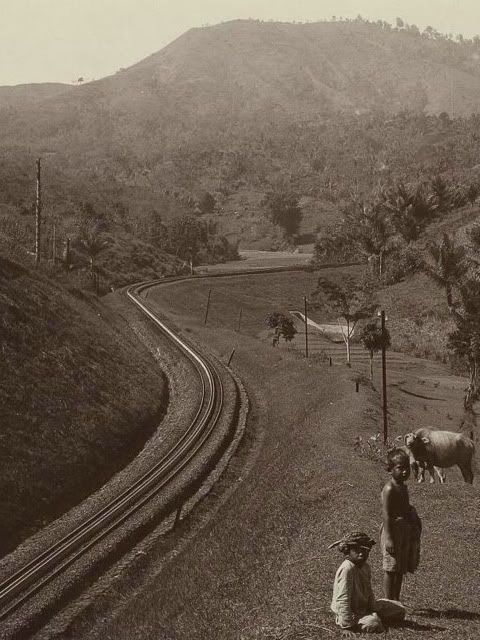
The Cog Railway and Vicinity of Ambarawa – 1900
Source: KITLV

Emil Kessler Steam Engine – Built in Germany 1902
The loc is equipped with a cogwheel for the steep stretches of the track
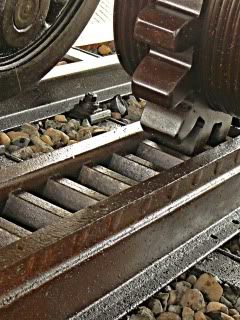
The Cog Railway and Cogwheel
For the reason of mountainous and sharp sloping track, it adopted the cog railway
ON MISSION
Ambarawa is a small town in mountainous area that located in Central Java about 30 km south of Samarang (North Coast) or 80 km north of Djocja (South Coast). The Willem I Railway Station in Ambarawa was a part of the early railway network that established on 21st of May 1873 on a 127,500 square meters land. First construction of railway project in Central Java was inaugurated by Governor General Ludolph Anne Jan Wilt Baron Sloet van de Beele in 1864, started from Samarang.
After the service for more than a century, this station was retired, but not totally retired. It was inaugurated to the new service as the Railway Museum in 1976. The museum has classical collection of 21 locomotives and other railway station office gadgets. Interesting!
The station is largely in its original 18th century architecture in masonry style. My observation was accompanied by Devon and Naolee on 17th of August 2009.
MAP OF AMBARAWA AND ITS SURROUNDINGS

“Oudheidkundige kaart van west en midden Java - 1891”
Rogier Diederik Marius Verbeek
Publisher: Batavia [etc.]: Landsdrukkerij [etc.]
Verhandelingen van het Bataviaasch genootschap van kunsten en wetenschappen
Source:
Koninklijk Instituut voor de Tropen - Amsterdam
MAP OF AMBARAWA – 1922:
THE WILLEM I RAILWAY STATION AND FORT WILLEM I
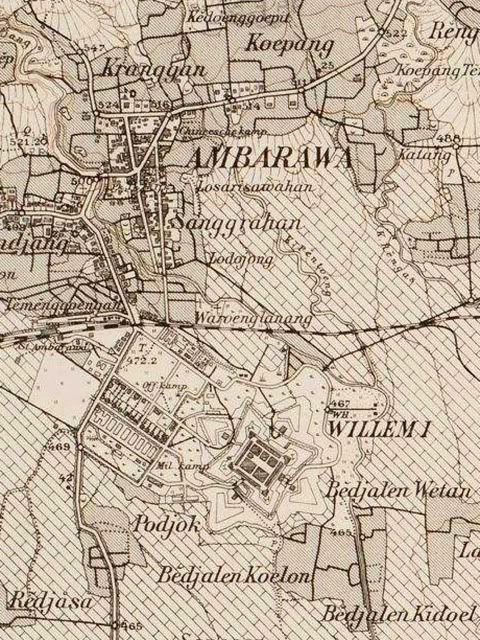
“Java. Res. Semarang – Plat XXIIh”
Herzien door Topografischen dienst in 1922
Source: Koninklijk Instituut voor de Tropen
Above, the Railway Station is located in Temenggoengan village.
It's about 1 km from Fort Willem I.
Ambarawa has an altitude about 475-50 meters above the sea level. Since 1840s, it was a plantation town, because Ambarawa has excellent climate for the agricultural products especially coffee plantation (Cultuur Stelsel). The growth of coffee plantation gave the economic benefit for Ambarawa.
From the military perspective, Ambarawa was sited near the strategic axis of Samarang – Souracarta. The VOC established some fortification along the route Samarang-Oenarang-Sallatiega-Souracarta in the end of 18th century, connecting the Company and the Mataram Kingdom. Therefore, many military encampments have been established in those towns. Post Java War period, during Koningin Willem II, a modern fort was established in 1835-48 at Ambarawa.
_____________________________________________
A MEMOIR OF WILLEM I OF NETHERLANDS
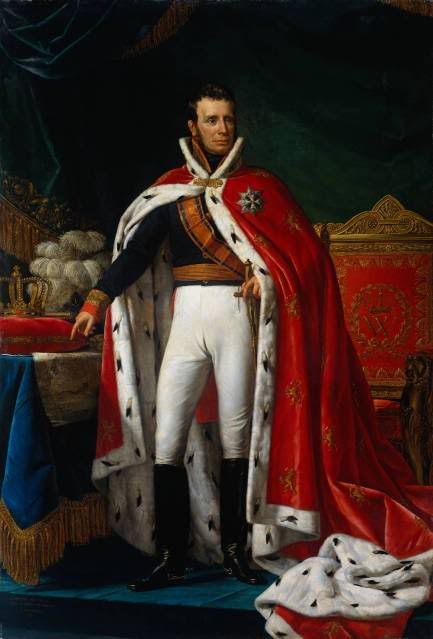
Willem I (1772-1843), Koning der Nederlanden
by J. Paelinck Peintre de S.M. La Reine des Pays Bas à Bruxelles – 1819
Source: Rijksmuseum Amsterdam
Prince of Nassau-Orange-Fulda
Reign 1803 - 1806
Prince of Orange-Nassau
Reign 1813 – 1815
King of the Netherlands
Reign 1813 (1815 as King) - 1840
Duke & Grand Duke of Luxembourg
Reign 1815 (same year elevated to Grand Duke) - 1840
><
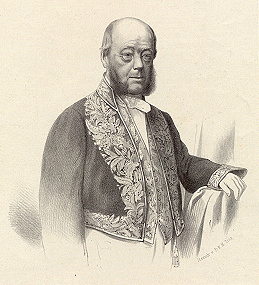
Ludolph Anne Jan Wilt Baron Sloet van de Beele
Governor-General of Dutch East Indies 1861-1866
(Voorst, 28th of March 1806 - Arnhem, 10th of December 1890)
He issued the decree No.1 – 28th of August 1862
regarding the compromise between Polman Plan and Stieltjes Plan
for the route Samarang-Tanggoeng-Kedoengdjati-Ambarawa-Souracarta-Djocjacarta.
The concession was granted by J.P. de Bordes
(chief engineer of Nederlandsch Indische Spoorweg)
~Career of Ludolph Anne Jan Wilt Baron Sloet van de Beele~
April 1830 – December 1847
Advocate at Zutphen
August 1831 – December 1847
Attorney at Zutphen,
1845 – December 1847
City Council Member of Zutphen
January 1845 – December 1847
Alderman (a member of a municipal assembly) of Zutphen,
January 1848 – 1860
Registrar States of Gelderland
September 1848 – October 1848
Associate Member House of the States General for the province of Gelderland,
October 1861 – October 1866
Governor-General of Nederlandsch-Indië
February 1868 – September 1871
Member House of the States General for the constituency Arnhem,
_____________________________________________
THE ARCHITECTURE
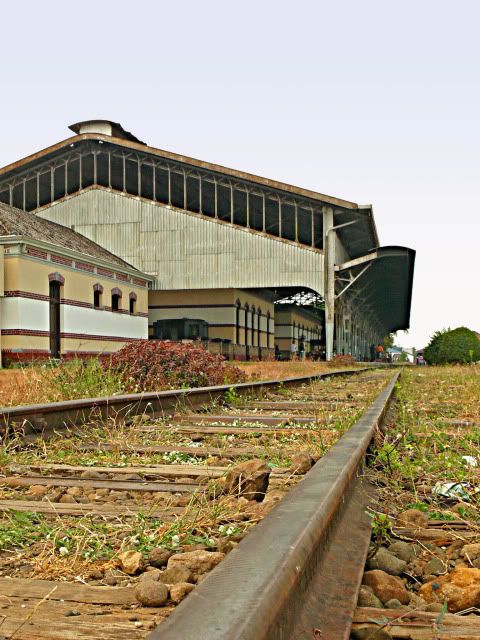
A Glimpse of Willem I Railway Station
Adopted the Monitor Roof
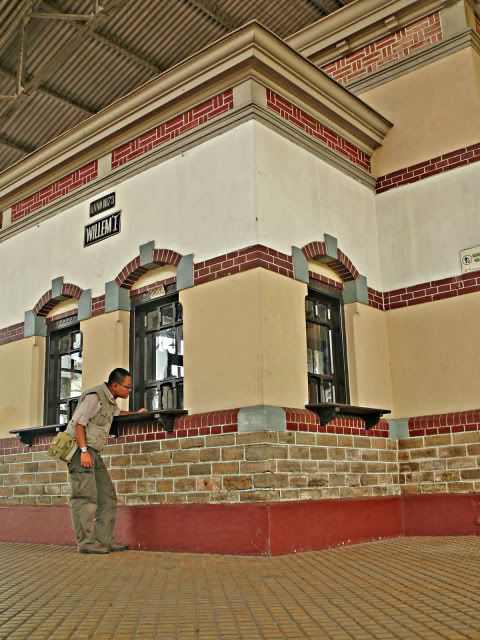
Ordering the Ticket
The Building Shows the Bearing Masonry Bricks
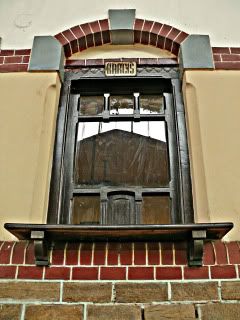
Locket
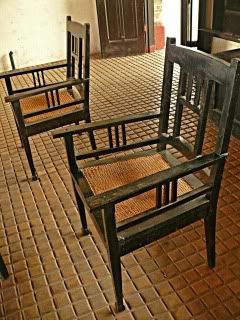
Furniture in Waiting Room
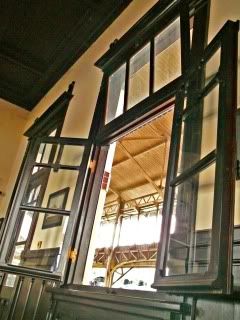
Casement Window
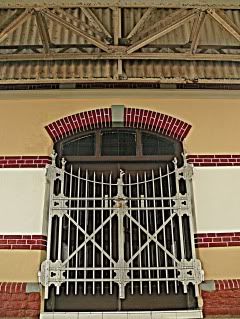
Warehouse
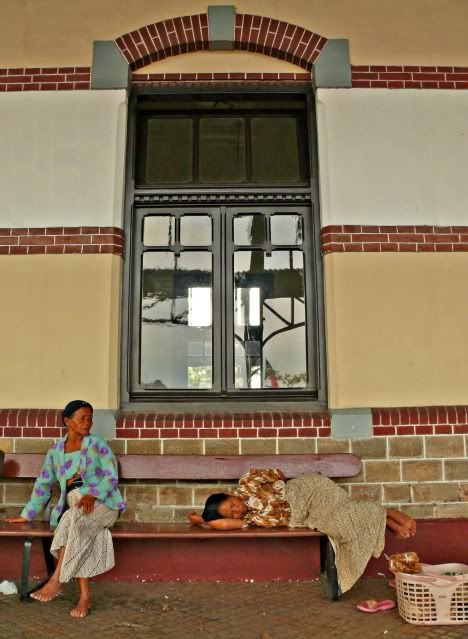
A Lullaby in Life
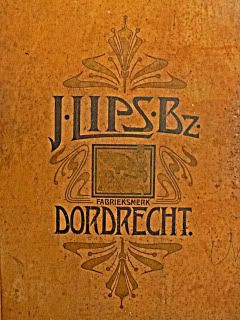
The Deposit Box: Lips-Dordrecht
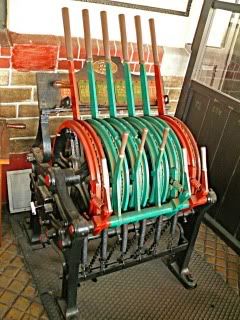
Lever Frame Panel
_____________________________________________
CHRONICLES OF WILLEM I RAILWAY STATION:
THE VERY LONG ENGAGEMENT IN EARLY RAILWAY IN JAVA
1840
Colonel Jhr. Van Der Wijk proposed a railway network
(Batavia-Bandoeng-Djocjacarta-Souracarta-Sourabaya)
for transportation of plantation product and military movement.
1842
The Government decided to construct a steam railway
for the route Semarang-Souracarta-Djocjacarta.
The problem was who would actually construct the railway system,
the government or private sector. Both sectors have financial consequences.
1860
King Willem III ordered T.J. Stieltjes, the Adviser of the Department of Overseas Territory.
Stieltjes recommended a compromise that the railway in Central Java would run
through Oenarang, Ambarawa, and Sallatiega.
1860-62
W. Polman, A. Frasen, and E.H. Kol
Requested a concession to build railway from Samarang-Souracarta-Djocjacarta
without running throught Oenarang and Ambarawa.
Because the mountainous area surrounding Oeanrang and Ambarawa would be costly.
1862
Governor General L.A.J.W. Baron Sloet van den Beele issued a concession
(compromise between Stieltjes and Polman) that the route of railway starting from
Samarang-Tanggoeng-Kedoengdjati-Ambarawa-Souracarta-Djocjacarta.
1864
Governor General Baron Sloet van den Beele inaugurated the first development of railway in Java.
The construction project was officially started from Samarang on 7th of June 1864.
The Nederlandsch Indische Spoorweg (NIS) handled the railway construction project
in route Samarang-Souracarta-Djocjacarta.
1867
The first steam train in Netherlands Indies ran the railway
from Samarang to Tanggoeng on 10th of August 1867.
1870
The railway reached Souracarta on 10th of February 1870,
even the project was hampered the financial problems.
1872
The track to Djocjacarta was successfully established on 10th of June 1872.
1873
The route Kedoengdjati – Ambarawa was established.
The Willem I Railway Station starting the service on 21st of May 1873.
_____________________________________________
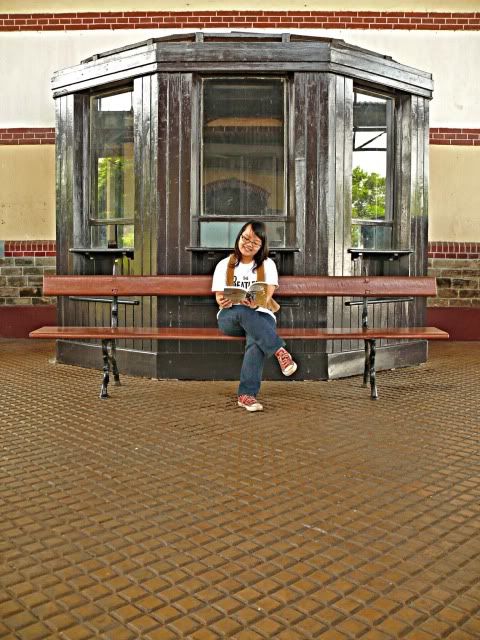
Last Passenger
_____________________________________________
REMARK
The development railway in Central Java changed the kind of transportation method and civilization. It surged the untamed towering mountainous between Samarang and Djocjacarta and change the economic activity and military logistic in the towns surrounding the track. We look forward to other old neglected railway stations will be preserved soon and make a network to revitalize them as the memory of our civilization in olden days.
_____________________________________________
REFERENCES
“Ambarawa Kota Lokomotif Tua”
(Town Of Ancient Locomotives)
by Eddy Supangkat
Griya Media – 2008
“About the Ambarawa Railway Museum”
by Rob Dickinson
http://www.internationalsteam.co.uk/ambarawa/about.htm
“William I of the Netherlands”
Wikipedia
http://en.wikipedia.org/wiki/William_I_of_the_Netherlands
“L.A.J.W. Baron Sloet van de Beele”
http://wijzijn.europamorgen.nl
***